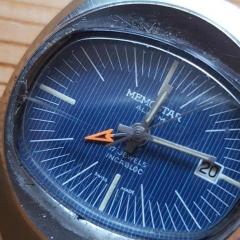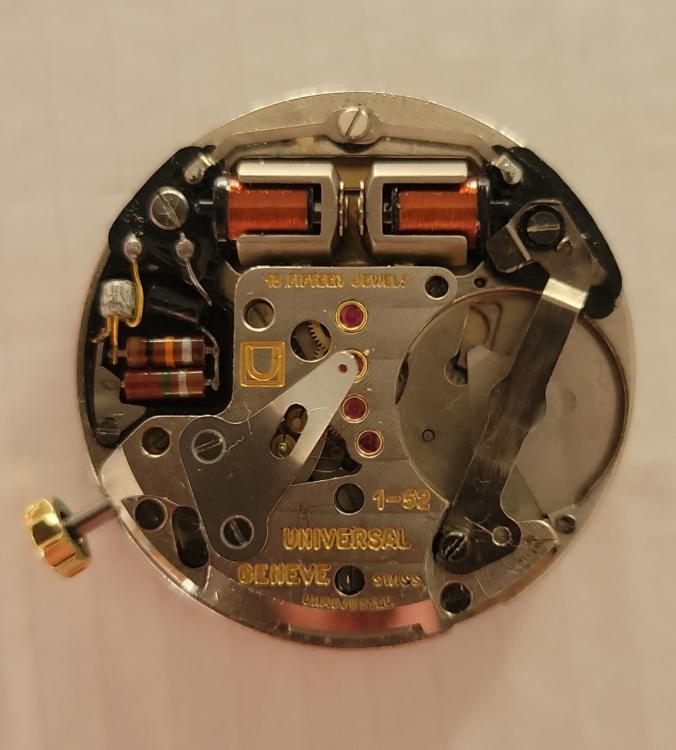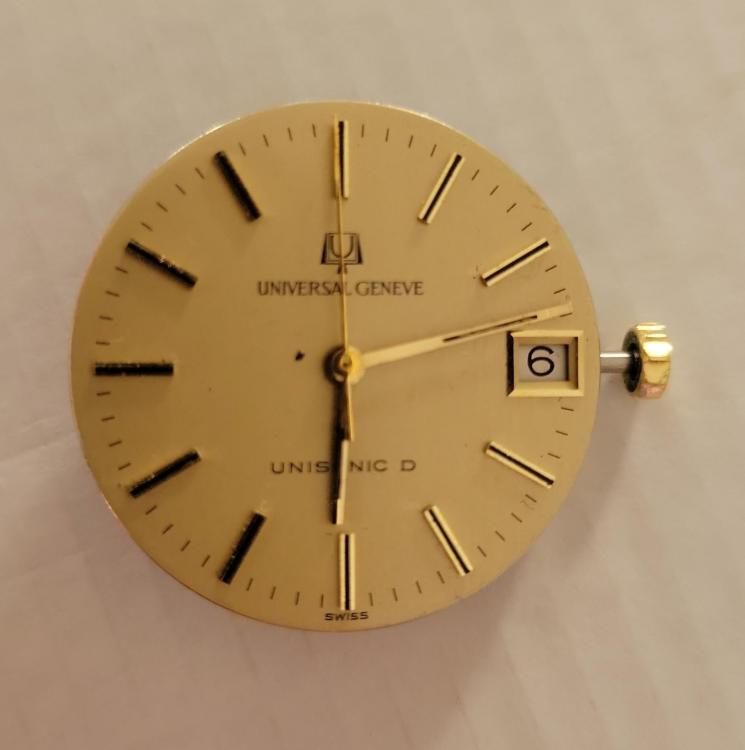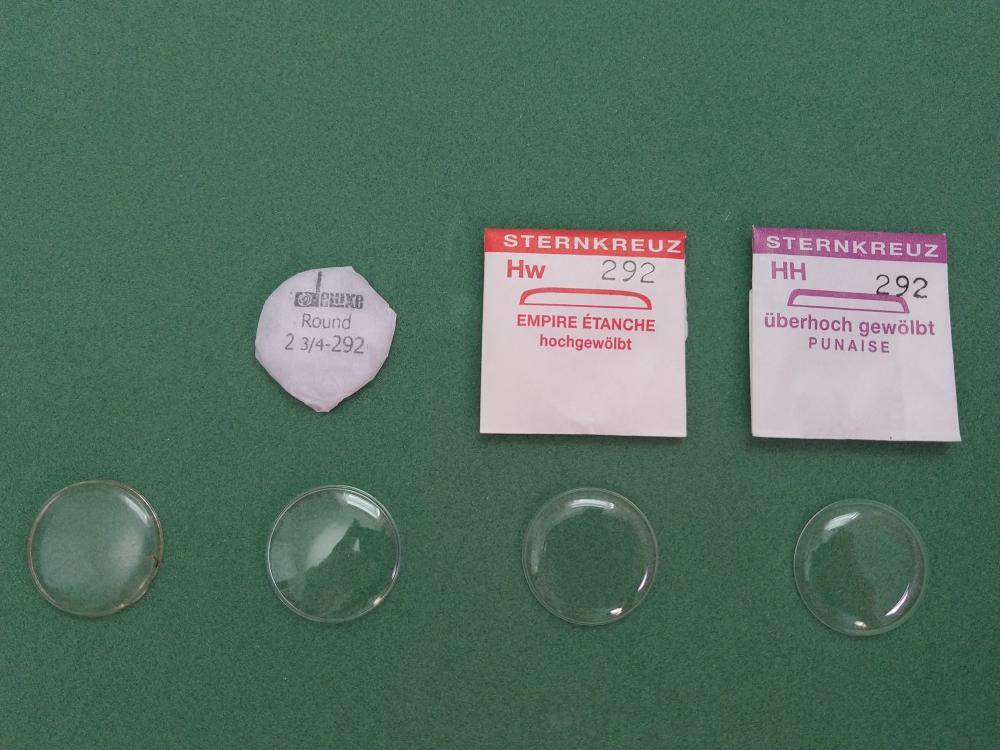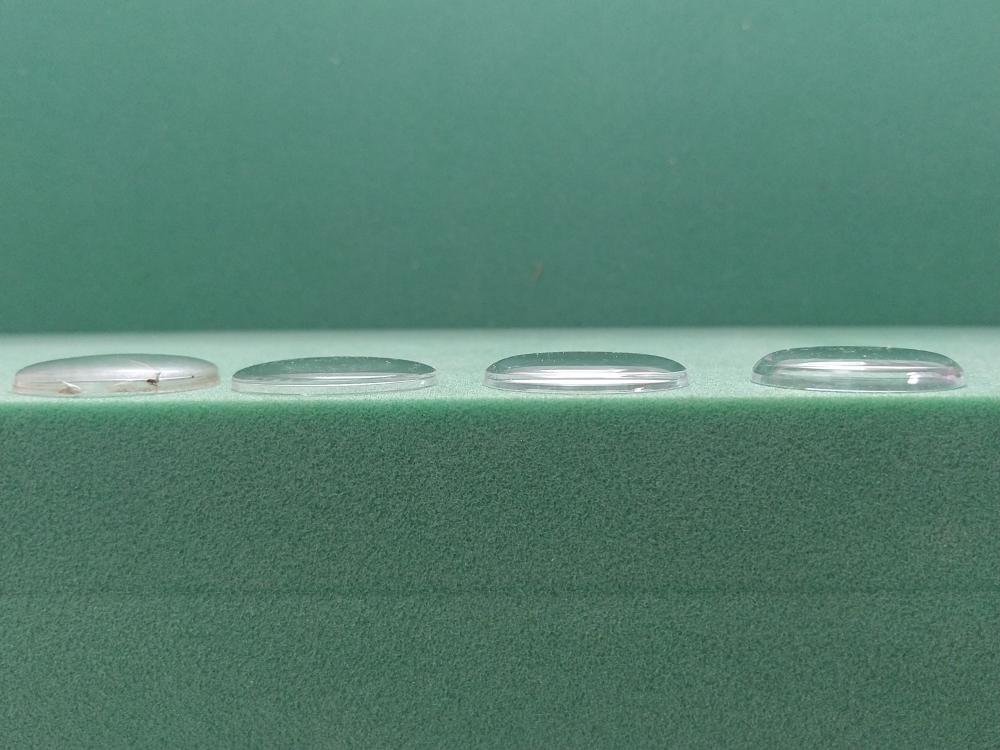Leaderboard
Popular Content
Showing content with the highest reputation on 10/16/23 in all areas
-
Hi all, I decided to take on a few ladies watches and did three in three days, starting at small, tiny and micro... Here are the before and afters: Small Before: And here it is after with a new crystal and original bracelet Here are the tiny watch before and after shots And here it is 100% original Finally the micro watch, smallest thing I have ever worked on, literally the size of my little finger nail: And here is the finished item, all original, but I didn't want to remove the bracelet during cleaning as it was soldered in place and the ultrasonic stripped off the plate during cleaning, so I had to re-plate the case, very happy with the results Initial timegrapher results Finished watch2 points
-
Thank you for your introduction and welcome to this friendly forum. We all look forward to your contributions and continued involvement. This is quite late a late Bracket clocks also known as Table clocks. As you can see it has decoration around the edge of the back plate, very early ones had the full plate decorated and the really late ones were just plane. This one is from around 1800. Without seeing the insides of the movement makes it a problem to see if it is complete. It will be of 8 day duration and it will have a fusee movement, it will have what is known rack striking. All ready you have been told of some parts missing. I notice the bell bracket is broken and the bell is missing. For some reason the hammer has been bent out of the way so it should be possible to fix that but it might have a crack in the steel in which case extra work will be needed. That pendulum at the movement’s side is not the correct pendulum. The correct one will be much bigger with far more weight. The case needs some work. As you have tape on the front and side of the lock side I suspect the key is missing and the lock might be broken. This will be a job for a case maker. Whatever you do never pick the clock up by the handle you don’t know how sturdy the handle to be fixed to the case. A very rough Est would be around £500. The hands will have to be made by a clock hand maker; you can’t just buy them from a supplier and fit them. I have found a photo of a movement slightly later than yours so you can get a rough idea on how yours should look; by the way the photo of this clock is prices at £3, 850. Nearly forgot the case of yours is what is known as a Arched case. Any more advice just ask.2 points
-
That’s the reason. More expensive items shipped to US they do require a bank transfer. I had the backorder for a staking set Cousins didn’t have in my ‘saved for later’ box- it warned the item would be by bank transfer only… …it does sound like it was an error from your bank- somebody didn’t read or misread the symbol…1 point
-
In the absence of a full lathe what about buying a set of second hand wax chucks off the bay and gluing them to that. You should be able to true it in the drill before shellac/gs hypo sets and remove with acetone. Tom1 point
-
£ is Pounds, € is Euros. I'd chalk it up to the bank's person not knowing what foreign currency symbols mean. I wouldn't blame it on Cousins. Personally I pay with a credit card that does the £ to $ conversion for me.1 point
-
I've had brand a new ST 36 that had the escape wheel get stuck on the impulse face of the pallet stone and the guard pin hard against the safety roller, stopping the watch. One can only tell when doing guard pin shake and horn shake tests, as mentioned above. I never assume that just because a movement is new all is well. It depends on the quality control at the factory. I've had a brand new Sellita SW500 movement with a jewel presses in upside down. Assumptions are the mother of all f-ups. err... No1 point
-
One other thought. Since you mention the movement is an ST36, are you sure it's a genuine Sea-gull or the listing only said it was. The Chinese are rather lax with respect to branding. And I've made it a practice to clean even new clone movements. They are usually over-oiled and often got fibers and fingerprints everywhere. The smallest hair trapped under a bridge plate or screw head could easily stop a movement. As @JohnR725 has pointed out, fixing the problem is usually straightforward, but identifying the problem can be elusive.1 point
-
I always find the terms confusing. So if you have too much amplitude the roller jewel hits the backside of the fork. It makes a very audio noise that sounds like a horse galloping. On the timing machine you get the effect that shown above it's very distinctive. It never as far as I know causes the roller jewel to end up on the other side that is purely a safety problem. Unlikely to find it on the new watch not impossible but just unlikely and we didn't get any observations of my watch sounds very bizarre. One of the problems with the discussion like this is assumptions versus proper field observation. In other words we were relying on description of the person who has the watch is new to watch repair and has zero idea what exactly is looking for instance. We have a brand-new watch which typically we can expect should work fine. We do see that the movements been modified as the fourth wheel pivot has been shortened to eliminate it sticking up into the dial. This might presents some issue of is it too long and still touching the dial sometimes if it is bent when it was trimmed off. Then we see that everything is 100% perfect except eventually when it was worn. Except a lot of things can't be seen including with a microscope that's would be really nice if we had some timing machine diagnostics including amplitude that for some reason were not getting. Plus pictures of the timing machine results often times we see things that somebody else doesn't sometimes we don't though sometimes it looks fine. Oh and be really nice to know if the watch actually runs 24 hours on the bench. We get this report that's a bit confusing. We see that the hands aren't the issue except depending upon the case it's in and we don't have any pictures of that is possible the secondhand could be too close to the crystal. releasing the power is interesting it tells us it's probably binding upon the crown. In the lack of pictures the case I guess which is waterproof crown with no silicone grease and it's not nicely turning on the case Tube. In other words when the powers released it has no place to go shouldn't be a running issue though. Then I'm going to repeat suggestions that other people of made. If you hold the watch in your hand and just move your arm back and forth like you going for a stiff walk does the watch stop and how fast? If your watch had pathetic amplitude for instance it might still run on the bench but it wouldn't possibly may be run if it's moving rapidly. We don't know how much wrist movement you have for instance a desk job that would be equivalent of sitting on the bench. On the other hand if you're running a jackhammer for instance that's very hard on the watch or if you're out playing golf that's very hard on the watch. Then we keep seeing everything is perfect on the bench but still be nice to have timing machine results because visually perfect in real perfect or not always the same thing. By the way when you nipped off the pivot was the wheel in the watch? It's a shame you didn't have a electron microscope we would see things much much better or would we? One of the reasons I keep fussing about the microscope is that depending upon what you have your field of view may not include the entire watch. Did you know in the old days watchmakers didn't use microscopes? Yes I know they let you see specific things better but they also allow you not to see things. Like you're looking straight down on the watch are not looking at an angle where you can see things like you would be if you're sitting at a bench with a loop. You really do need to look in the watch sideways it do need a much bigger field of view and typically cheap microscopes have. Like when you look in sideways how does the hairspring look? Oh and then a course were back to the other problem you're new to watch repair you have no idea what you're supposed to be seeing or not. That is not helped with the microscope at all. Then just to be 100% clear. When the watches running on the bench it's fully cased up in the exact same condition it would be as on your wrist it just is not on your wrist? Then we get partial timing results no pictures of graphical displays and the amplitude which is the obsession of this group is totally missing. While others are concerned about too much amplitude I'm actually concerned about too little amplitude even if it is a brand-new watch. For instance if you had pathetic amplitude it might actually run and keep time on your bench but it would be very unhappy if was moved around. Then I'm repeating what other people of set up above I'm just putting everything in one place was easy to see. When the watch stops what does it take to get started again and when it starts again how long does it run before it stops again on your wrist? Or when it stops if you set it on the bench will continue to run fine? Then pictures we like pictures like a picture of the watch in the case which case did you choose will bill the see that maybe a picture of the movement when you take the back off so we can see how you're holding it.1 point
-
I'd agree with that assessment. I also ordered ANOTHER product now. This one: https://www.shopapexel.com/products/ms009-hd-portable-smartphone-microscope Not sure about the actual magnification, but most importantly it has an integrated LED light and hopefully the indicated focus distance 5.5-7mm is from the casing/black ring, and not from the lens (which is recessed). If the latter, it'll be the same issue as the Carson microscope. I'll let you know on Wednesday when I receive it.1 point
-
As said it can be overbanking, symptoms you describe certainly suggest overbanking , but new movements are not suppose to overbank unless you have tampered with the escapement. Amplitude please.1 point
-
As you have nice numbers I assume you have a timing machine what's the amplitude? Then ideally the timing results in more than one position not just dial down may be crown down and a picture of whatever you using for timing machine often times we might see something you don't1 point
-
That is a very interesting idea - do you remember what sort of frame rates the camera was using to achieve aliasing? My question from this is; what do you do if the index finger travel is out of specification? Is there anything to do or are you looking at replacing the fork? In the end, my watch was about 7 seconds out before weight adjustments. Im pretty sure I did not "phase" this thing anywhere near correctly (thanks everyone for the discussion!) so perhaps I lucked out. I did buy a few more accutron projects before realising what I had taken on - I am both more and less confident I know what I am doing going forward now... My next project is to find a case for this movement I found in a lot of other movements. Again thanks everyone for the discussion.1 point
-
1 point
-
1 point
-
I compared 4 292 crystals together. An original crystal coming from a case hiding a CAL400 movement from Services, a DPA, a sternkreuz HW and a sternkreuz HH, you can see them in this order on the pictures from the left to the right. I used a cheap but relatively accurate digital caliper to measure the height and diameter of them. Diameter Height Original Services 29.1 mm 4.4 mm DPA 29.11 mm 3.75 mm sternkreuz HW 29.3 mm 4.0 mm sternkreuz HH 29.25 mm 4.7 mm1 point




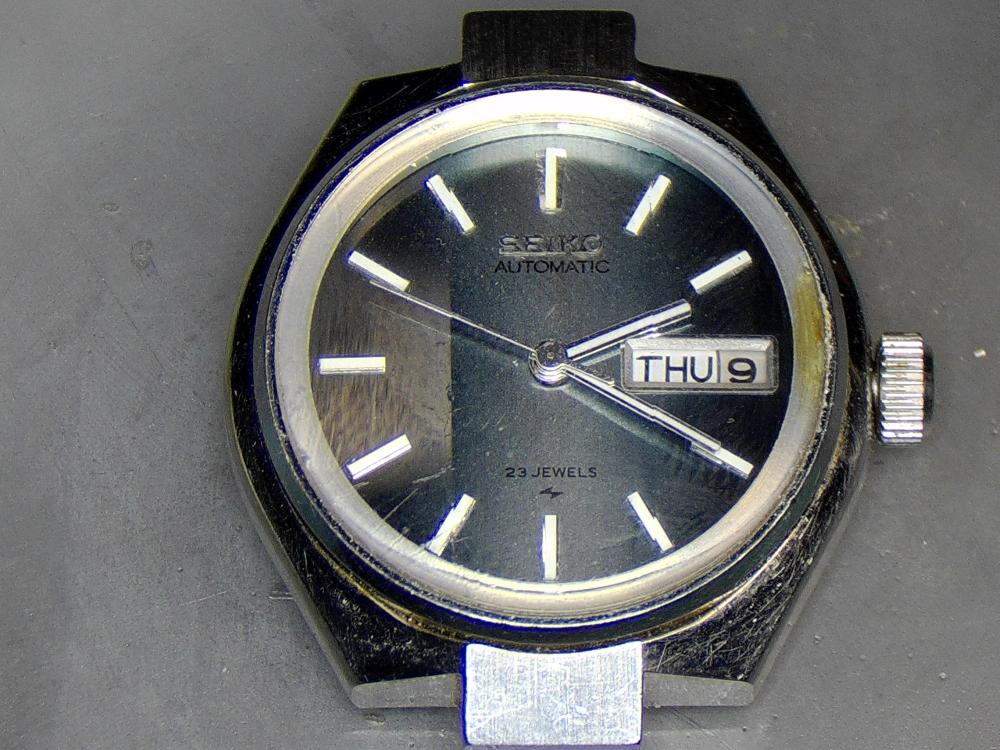
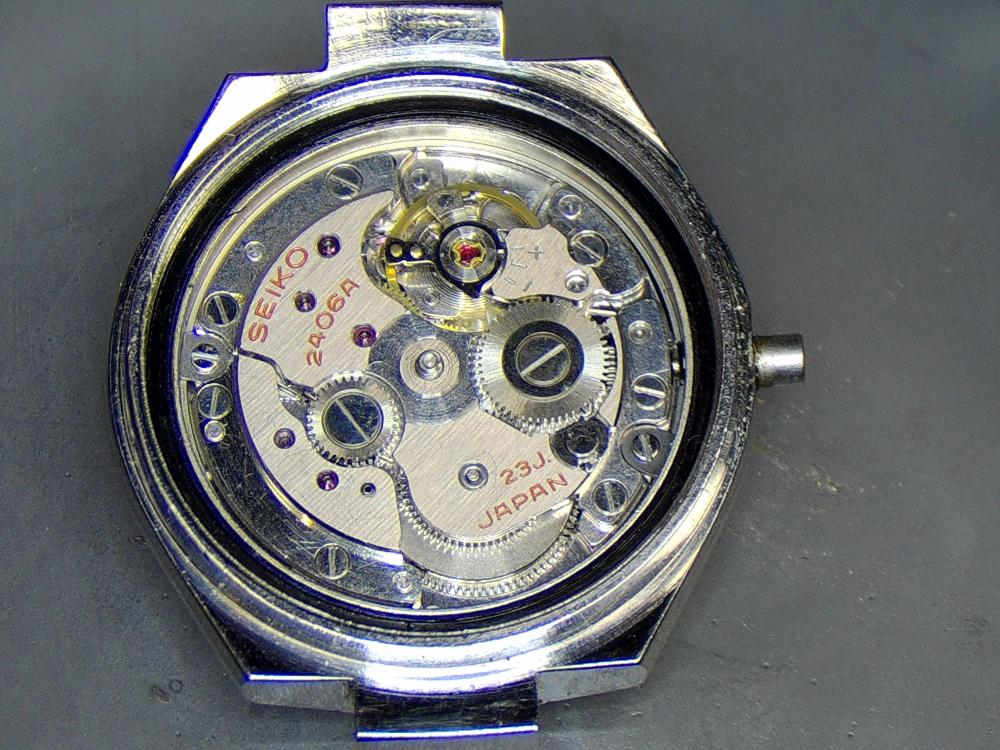
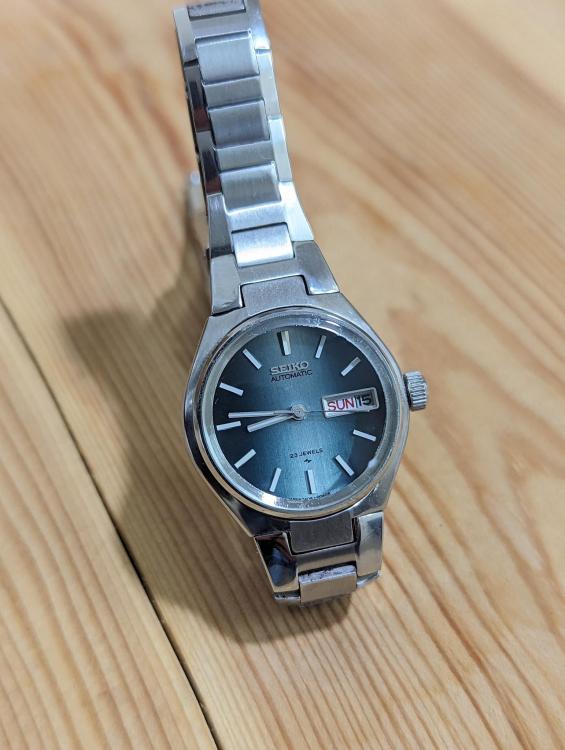
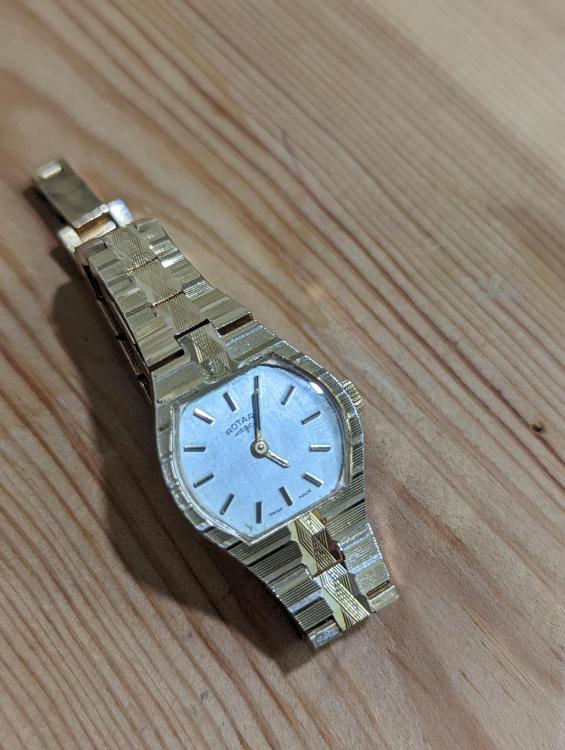
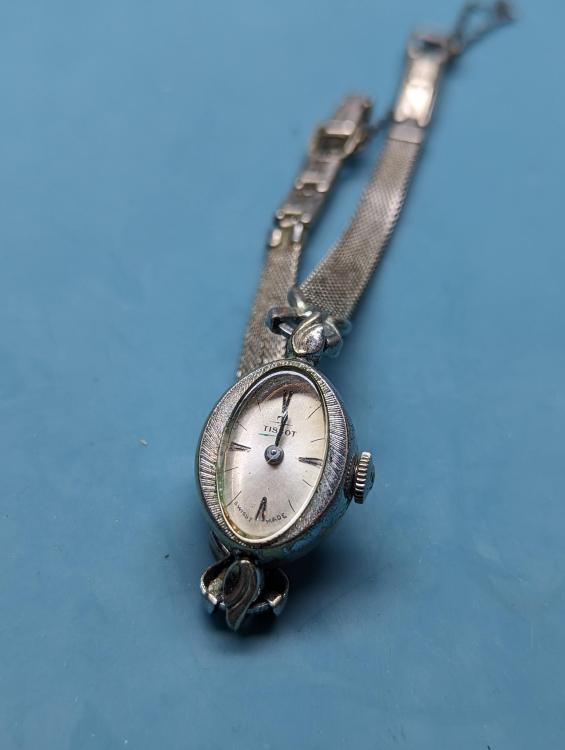
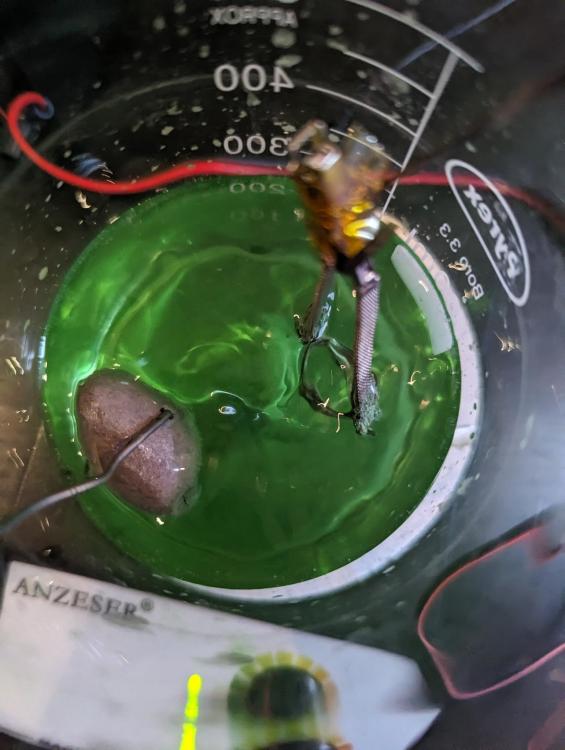
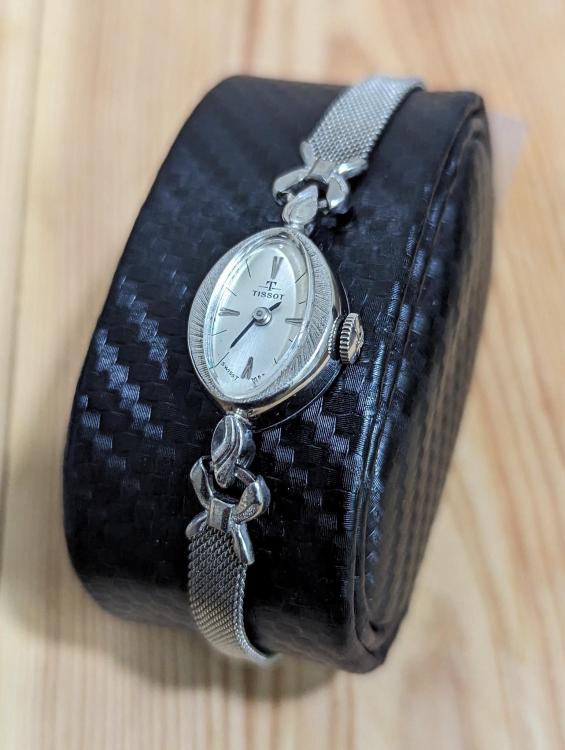
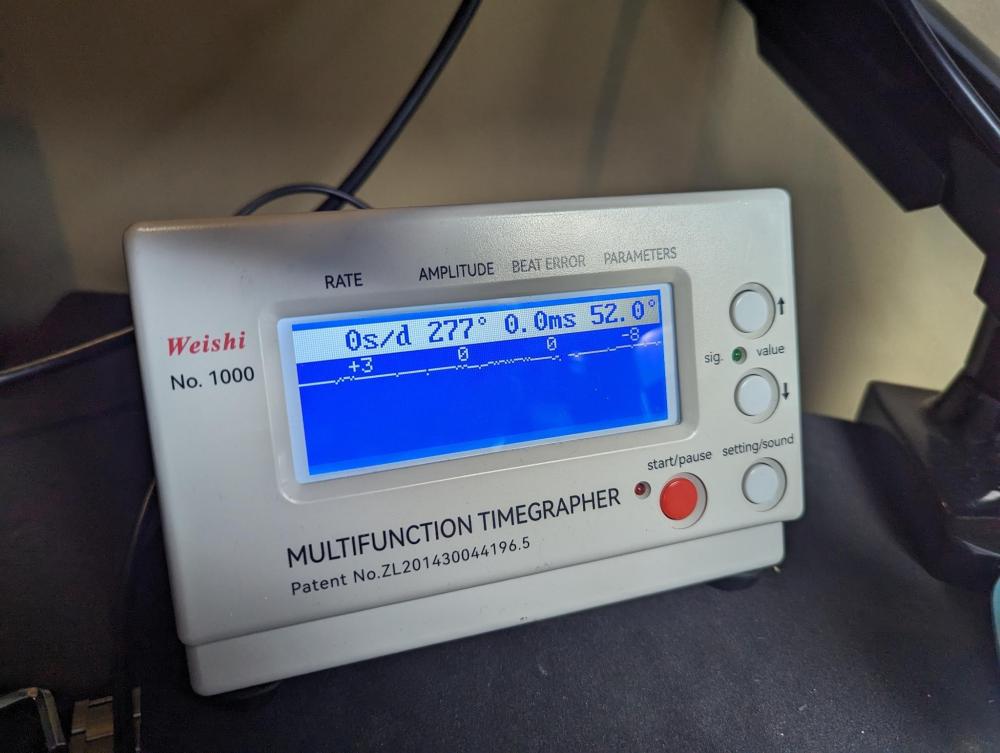
.thumb.jpg.a8b1da1332bf015c559d168202f2f851.jpg)



.thumb.jpg.cb17a66989f1e796fd4217db2e9ca9df.jpg)

